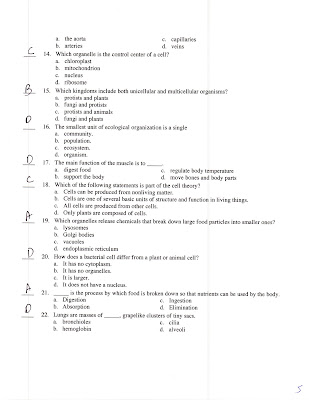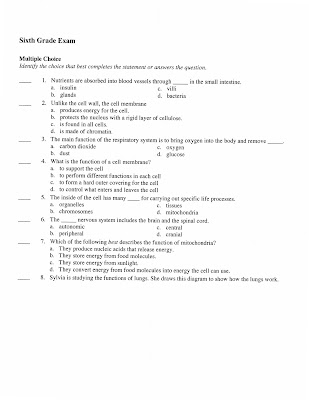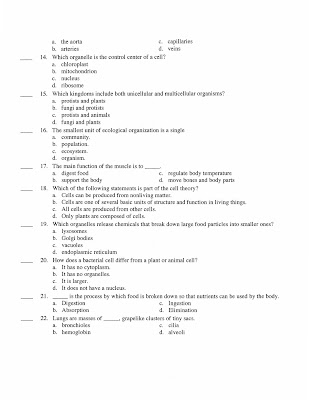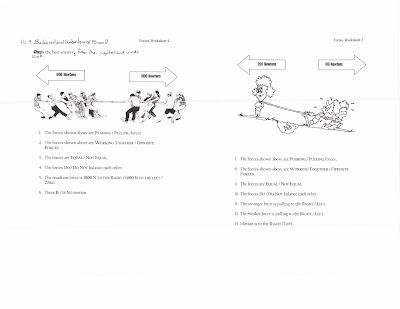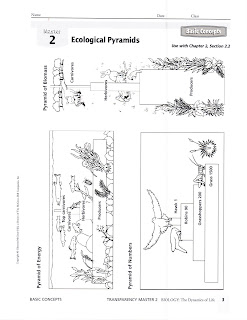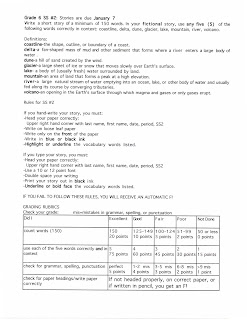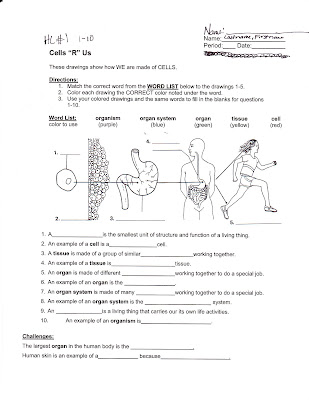
This is HL #1. Be sure to complete both sheets (which are identical) and turn in one. You do not need to color the sheet.
Students will be able to:
use information from textbooks, supplementary texts, internet access, and classroom discussions to
-create and illustrate a metaphor for an organism and explain its four levels of organization.
-describe and represent relationships between and among levels of organization for structure and function.
-illustrate the hierarchal relationships of cells, tissues, organs, and organ systems and their interrelationships.
Students began notes on how living things are organized. Levels of Organization
I. Atoms
A. Smallest part of matter.
B. Nonliving
II. Molecules
A. 2 or more bonded atoms
B. Form compounds
C. Nonliving
III. Macromolecule
A. Very large molecules
B. Proteins, fats, carbohydrates (sugars), nucleic acids (DNA, RNA)
C. Nonliving
IV. Organelles
A. Tiny organs
B. Made of macromolecules
C. Make up cells. Examples include nucleus, mitochondria, ribosomes
V. Cells
A. Made of organelles.
B. Basic unit of structure and function.
C. Living
VI. Tissues
A. Made of the same kinds of cells working together to perform a task. Examples include red blood cells, bone cells, kidney
cells
B. Living
VII. Organs
A. Tissues that work together to perform a function. Examples include heart and lungs
B. Living
VIII. Organ Systems
A. Organs that work together to perform a function. Example digestive, skeletal, and respiratory systems.
B. Living
IX. Organism
A. Entire living thing. Examples are dog, human, plant, paramecia, bacteria
B. Usually made of systems.
C. May be a single cell
D. Living
X. Population
A. Same type of organisms living together, can reproduce.
B. Live in the same area, compete for resources.
XI. Community
A. Several populations living together.
B. Populations interact, share same living area, have different niches.
XII. Ecosystem
A. All the biotic (living) and abiotic (nonliving) features of a community
B. Each organism has its own niche.
XIII. Biome
A. Similar ecosystems on earth together.
B. Share similar climates and rainfall.
XIV. Biosphere
A. Whole living layer around the globe
B. Includes abiotic features. Examples are lithosphere, atmosphere, hydrosphere, ecosphere
Organization of Living Things
Atoms-----------Cell----------------Population
Molecule---------Tissue--------------Community
Macromolecule----Organ---------------Ecosystem
Organelle--------Organ System---------Biome
---------------Organism------------Biosphere
The home learning for tonight can be found at the top of this blog.
Students also received the Assignment Log sheet for the fourth and final quarter. Be sure to log in ALL assignments, due dates, and grades received.




